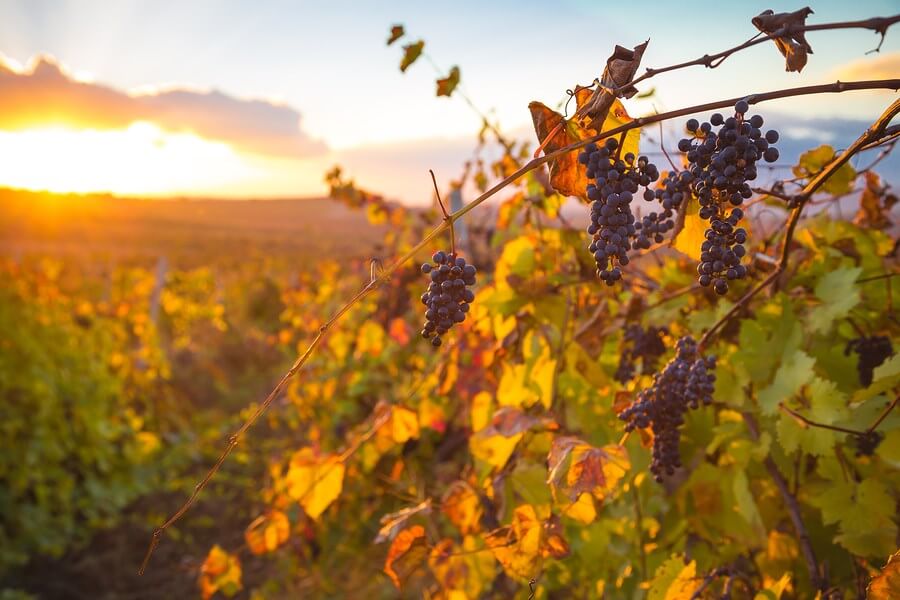Venezuela possesses a mostly tropical climate that encourages the consumption of cold, relaxing drinks. Due to this, one might believe that the wine industry would thrive in this beautiful paradise. Venezuelan wines are unique and beautiful.

Share this article
Venezuela owes significant cultural influence to high Italian, Portuguese, and Spanish immigrants of the twentieth century. Venezuelan wineries were born of this wave of immigrants. More importantly, the country offers perfect soil and climate conditions for wine making. Furthermore, the potential for high-quality Venezuelan wines exists. As a matter of fact, Venezuela might one day compete with wine industry giants such as Chile and Argentina.
A Thriving Enterprise
Cities like Galipan, Colonia Tovar, and Merida have a long history of producing handcrafted wines. However, commercial exploitation in the region only launched a few decades ago. This initiative – brought by Empresas Polar, the largest consumer corporation in the country – is called Bodegas Pomar. They handle the production of their own grapes and wines.
Bodegas Pomar owns more than 90 hectares of amazing, rich soil in Lara state. Lara state possesses a climate where temperatures range from a warm breeze in the day to cool nights that can go up to 18 °C. Climate conditions affect sugar concentration in grapes. Furthermore, they boost the synthesis of unique fragrances and aromas ultimately responsible for the taste of the wine.
Empresas Polar does not own the Venezuelan wine industry alone. Geographical conditions in western Venezuela are ideal for grape cultivation. Furthermore, this region provides deep, sandy soils, rich in magnesium and calcium. Importantly, the region has amazing drainage, assuring the grapes do not rot quickly. Altagracia, A town near Carora, possesses amazing soil for vineyards, followed by mostly small vineyards in Tocuyo and Tarabana.
Additionally, Bodegas Pomar is capable of two harvests per year. The first harvest takes place in February or March. The second harvest in August or September. With this in mind, Grapes are harvested manually, without the use of technology. Bunches are sorted into unique baskets and transported quickly to the winery for the vinification process. However, the vineyards of Altagracia alone produce an estimate of 65,000 cases a year. Despite lack of technological harvesting, Altagracia produces enough supply the domestic market. In the end, exportation has not yet been achieved. It is the ultimate goal.
As a matter of fact, Venezuela might one day compete with wine industry giants such as Chile and Argentina.
Venezuelan Wines Varietals:
Venezuelan wineries currently produce several varieties of white, rose, red, and sparkling wines. The Petit Verdot, Tempranillo, and Syrah for reds reign supreme. Like their South American neighbors, Sauvignon blanc and Chenin blanc proved adaptable to the region. In fact, Petit Verdot thrives in the arid lands of Lara state. Here, Venezuela’s premium wines are produced. In the Land of Grace, Petit Verdot reigns supreme.
An Opportune Future:
The Venezuelan wine industry has not yet made an international impact. Hopefully, it won’t be long until Venezuelan wines grace the tables of other countries. Venezuelan wines contain unique regional features, playing a key role in the globalization of the Venezuelan wine industry. Ultimately, Venezuelan winemakers hope to attract industry experts from large market countries, with the hope of exporting product.
The culture of casual wine drinking and a rising middle class is allowing the industry to boom; much like smaller African wine industries.
Venezuelan wines are creating using similar processes to Spain, Italy, and France. Wine quality is defined by soil, growth, cultivation and the winemaker. In Venezuela, quality is not an issue. Moreover, the country is full of amazing land growing better wines. In the end, there is no shortage of quality grapes, amazing winemakers, or wonderful wines. They simply need an opportunity.
A Struggling Country
The wine culture in Venezuela is growing exponentially, year by year. Despite this, the economic crisis in Venezuela is clearly taking a toll on the industry. The fall/devaluation of the Bolivar and terrible inflation torment most Venezuelans. This is making it hard for the average Venezuelan to sit, relax, and enjoy amazing wines. Due to this, ordering bottles of wine in restaurants has become a luxury only the top 1% can afford.
In conclusion, the adversity currently facing Venezuelans may be the perfect opportunity for Venezuelans to increase domestic production. With this in mind, increased domestic production, and a growing love for wine will propel the Venezuelan wine market into the 21st century. Award-winning Venezuelan Petit Verdot may become a symbol of the land. Perhaps rank above Chile’s Cabernet Sauvignon or Argentina’s Malbec. Why not?